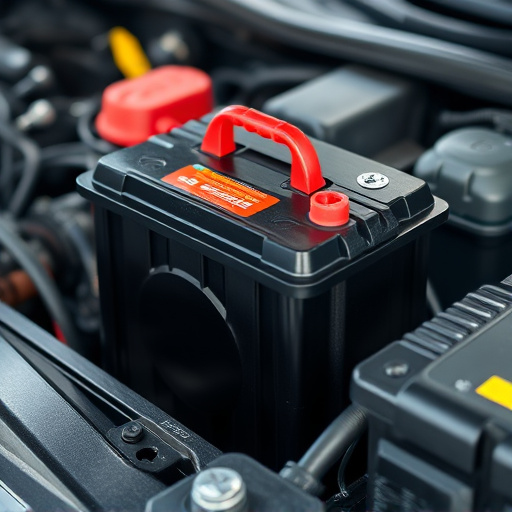Cold weather strains car batteries, causing slower starts and dim headlights. Regular battery testing and maintenance prevent breakdowns; check for corrosion, unusual sounds, and slow cranking. Proactive care ensures reliable vehicle performance in winter. Consider replacing the battery if it shows signs of deterioration or struggles to start.
Winter can be harsh on your car’s battery, leading to early signs of failure. Recognizing these indicators is crucial for maintaining your vehicle’s reliability during colder months. Look out for slow engine cranking, dim or unsteady headlights, reduced performance, voltage fluctuations, and strange noises from the engine bay. If you experience any of these, it might be time to consider replacing your car battery to ensure safe and smooth driving through winter’s chill.
- Slow Engine Cranking: A Warning Sign
- Dim or Unsteady Headlights
- Reduced Vehicle Performance
- Battery Voltage Fluctuations
- Strange Noises from the Engine Bay
- Difficulty Starting in Cold Weather
- Lengthy Charge Times or Frequent Discharges
Slow Engine Cranking: A Warning Sign
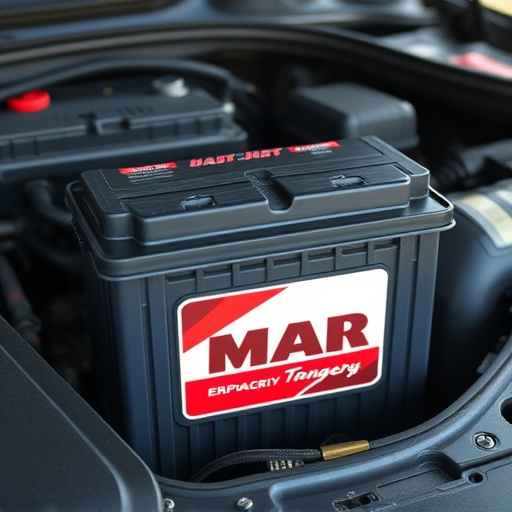
When winter sets in, your car’s battery faces an extra challenge due to colder temperatures. If you’ve noticed a significant change in how your vehicle starts during these seasons, it could be a warning sign that your battery is failing. One of the most apparent indicators is when your engine takes much longer than usual to crank. This slow cranking can occur even if the battery appears to hold a charge, but its performance degrades in cold conditions.
This issue often occurs because cold weather causes the chemical reactions within the battery to move more slowly. As a result, it may struggle to deliver enough power to turn over the engine promptly. If your car’s engine cranks slowly and struggles to start during winter, consider checking your battery. A simple test can determine if it needs to be replaced, ensuring your vehicle remains reliable throughout the colder months.
Dim or Unsteady Headlights
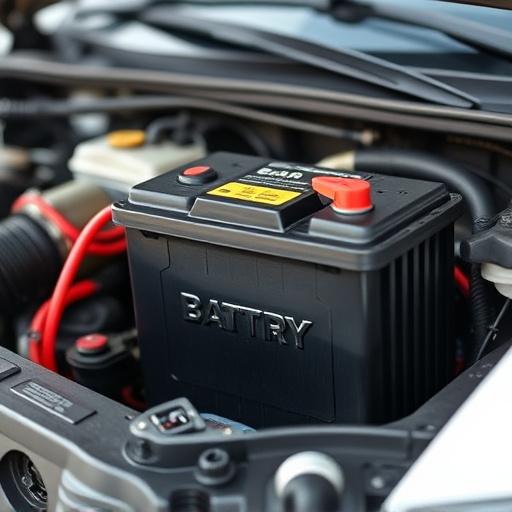
If you’ve noticed your car’s headlights dimming or flickering intermittently, especially during winter months, it could be a significant indicator of a failing battery. Cold temperatures can cause a decrease in battery performance, making it harder for it to provide enough power to the lighting system. As a result, you might experience reduced brightness or unsteadiness in your vehicle’s headlights. This is not just an annoyance; dim lights can also impact your safety while driving, particularly during the darker, longer nights of winter.
Consider this a warning sign that your car battery may need attention. If left unchecked, further complications could arise, leading to more serious issues like a complete battery failure. Regularly checking and maintaining your vehicle’s battery, especially in colder climates, can help prevent unexpected breakdowns and keep you safe on the road. Remember, a well-maintained battery is key to ensuring your car starts reliably each season.
Reduced Vehicle Performance
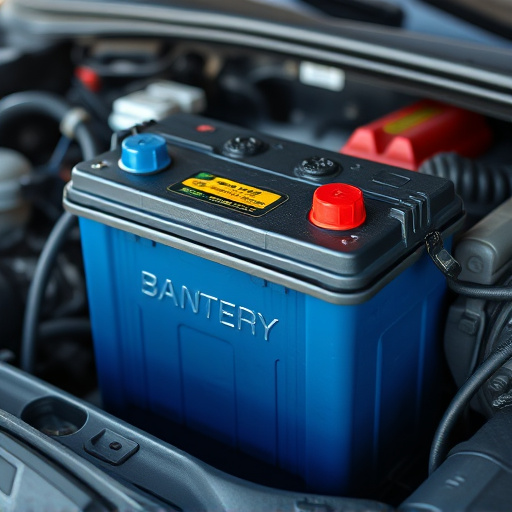
In cold weather, a struggling battery can lead to noticeable changes in your vehicle’s performance. If you’ve been experiencing difficulty starting your car or noticing slower acceleration speeds, it might be an indication that your battery is on its last legs. Winter conditions can accelerate battery drain due to lower temperatures affecting the chemical reactions within the battery. As a result, the overall power output decreases, leading to reduced engine performance.
Many drivers often overlook these early warning signs, assuming they are solely winter-related. However, if you consistently face issues like dim headlights or slower windshield wiper action, it’s worth considering a potential battery replacement. Regularly maintaining and replacing your car battery as needed can prevent unexpected breakdowns during the colder months.
Battery Voltage Fluctuations
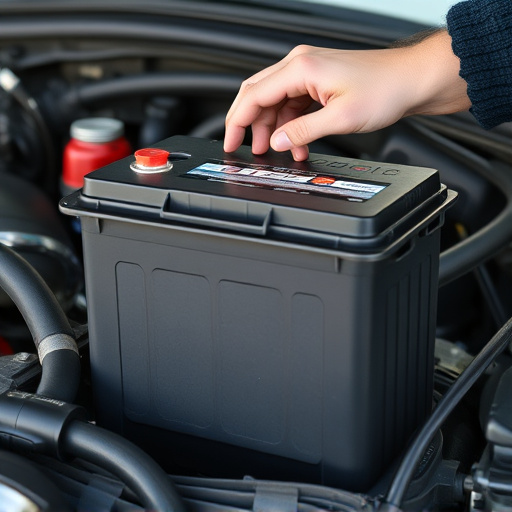
In cold weather, your car’s battery voltage can fluctuate significantly, often dropping below 12 volts. This is normal for older batteries or those in poor condition, but a sudden and sharp decrease could indicate a failing battery. Regularly check your battery’s voltage with a voltmeter; a steady reading near 12.6 volts suggests a healthy battery, while readings consistently below 12 volts may signal the need to replace your car battery.
These voltage fluctuations occur because cold temperatures reduce the chemical reactions inside the battery, making it harder for it to deliver power. As a result, you might experience slower engine starts or dimmed lights. If left unattended, a failing battery can leave you stranded in the cold winter months. Therefore, taking proactive measures, like regularly testing your battery and keeping it charged, is key to avoiding unexpected breakdowns.
Strange Noises from the Engine Bay
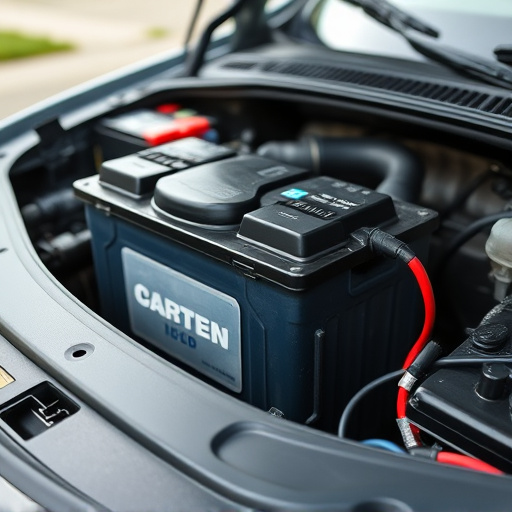
If you’ve been hearing unusual sounds coming from your engine bay, it could be a warning sign that your car battery is on its last legs. In cold weather conditions, batteries tend to perform less efficiently, and strange noises like clicking, chirping, or even grinding can indicate several issues. One common cause is corrosion buildup on battery terminals—a process that can weaken the connection between the battery and your vehicle’s electrical system. As a result, you might experience difficulty in starting your car or shorter driving ranges.
Don’t ignore these sounds! They could be an early indicator that your battery needs to be replaced. Regularly inspecting your battery for any signs of corrosion, leaks, or swelling is crucial, especially during winter. If you notice strange noises coupled with dim lights or a struggling engine, it’s time to consider replacing your car battery to ensure reliable performance when the cold weather sets in.
Difficulty Starting in Cold Weather
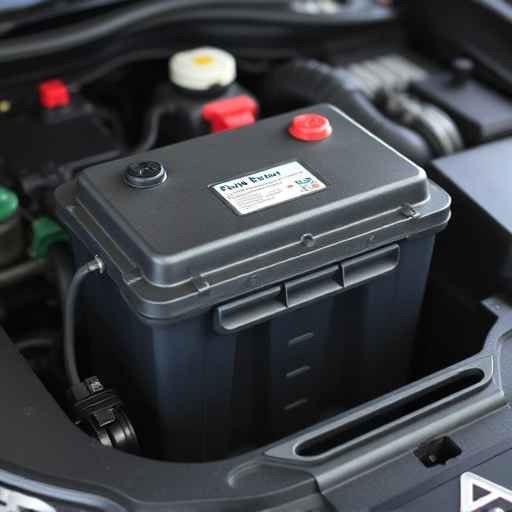
Many drivers notice a significant change in their vehicle’s performance during winter, particularly when it comes to starting the engine. If your car struggles to turn over or takes an unusually long time to start in cold weather, it could be a sign that your battery is failing. This is because cold temperatures reduce the battery’s chemical reactions, making it harder for it to provide the necessary power to start your vehicle.
When a car battery starts to degrade, it often becomes less efficient at storing and delivering energy. As a result, you might experience difficulty starting your car, especially when the temperature drops. If you find yourself dealing with this issue frequently during winter, consider getting your battery checked or replaced by a professional mechanic to ensure reliable performance throughout the season. Remember, a well-maintained battery is crucial for keeping your vehicle running smoothly in all weather conditions.
Lengthy Charge Times or Frequent Discharges
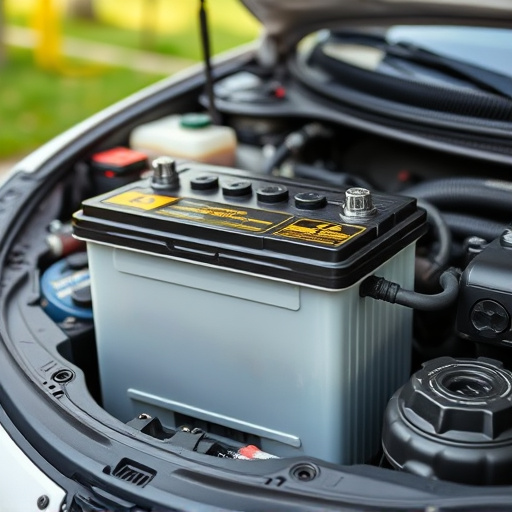
If your car’s battery is taking significantly longer to charge or consistently running flat, it could be a clear sign that it’s on its way out. In winter, cold temperatures can slow down chemical reactions within the battery, making charging times even longer. This isn’t just an inconvenience; it’s often one of the earliest indicators that your battery needs attention. Additionally, if you find yourself frequently needing to jump-start your car or rely on power packs, these could be red flags that your battery is failing and in need of replacement, especially as cold weather sets in.
Consider this a call to action: lengthy charge times or frequent discharges are not normal operating conditions for a healthy car battery. It’s time to assess your situation and plan for a potential replace car battery before the cold season takes its toll.
In winter, your vehicle’s battery faces additional strain. Recognizing signs like slow engine cranking, dim headlights, reduced performance, voltage fluctuations, unusual noises, and starting difficulties is crucial for timely replacement. Proactive maintenance can prevent unexpected breakdowns. If you notice any of these issues, consider it a signal that your car battery may need replacing to ensure reliable operation during the cold season.
